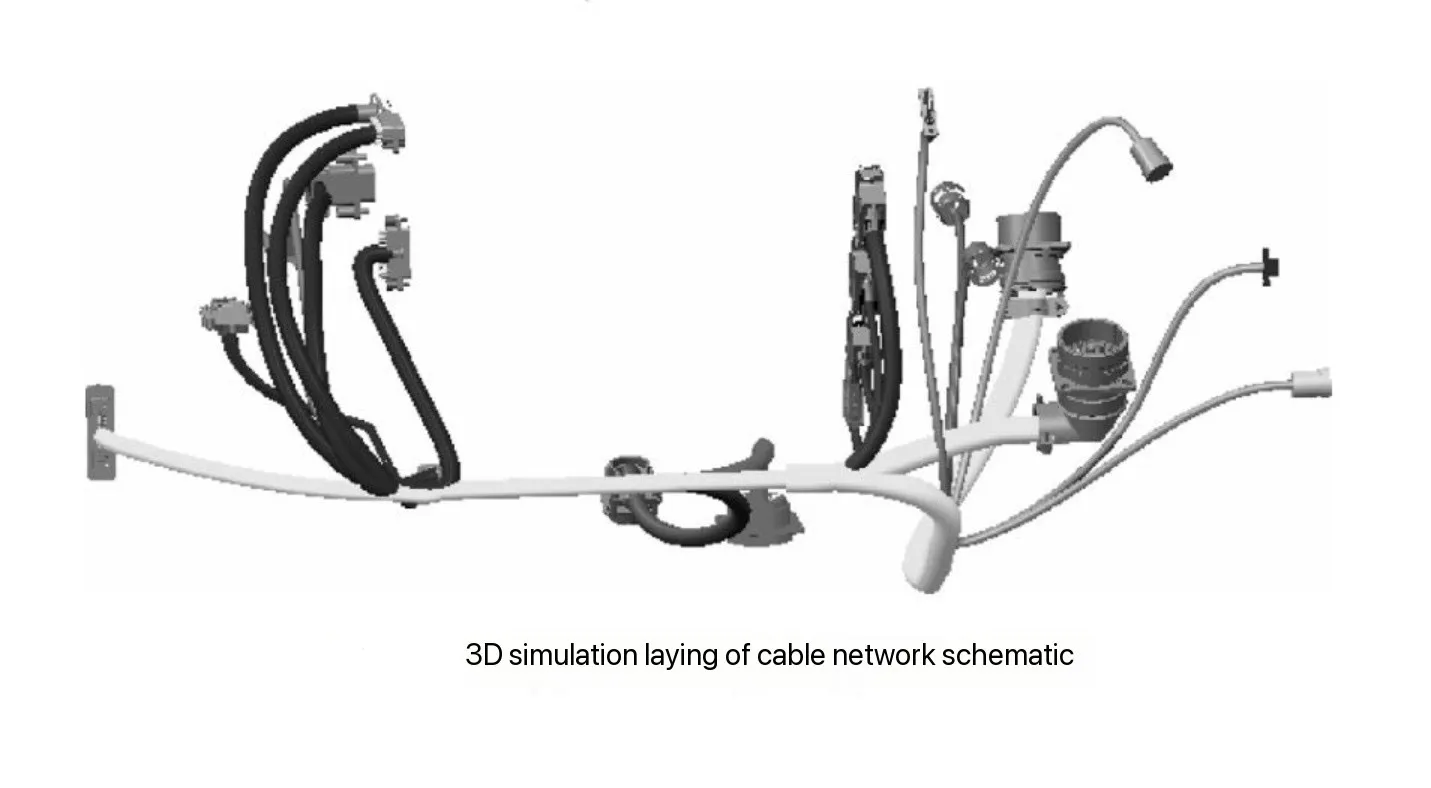Design and Analysis of Cable Network for Weapon Equipment
Time: 2025-03-17 15:48:12
Source: Henan Province Jianyun Cable Co., Ltd.

Introduction
In modern weapon systems, the cable network acts as the nervous system, transmitting power, control signals, and data across various components. However, due to limited space, high vibration, and extreme temperature conditions, traditional cable network designs face challenges in reliability and electromagnetic compatibility (EMC). This study focuses on the structural layout, electrical design, and reliability analysis of a weapon cable network, aiming to enhance performance and reduce electromagnetic interference (EMI).
1. Key Design Requirements
1.1 Structural Design
-
Tree-shaped layout design: Main trunk line with multiple branches to optimize space usage.
-
Cable length and diameter optimization: Prevent over-tension and reduce signal loss.
-
Bundling and binding points optimization: Reduces bending and potential mechanical stress.
1.2 Electrical Design
-
High-reliability components selection (J30J, J599 series connectors).
-
Derating design based on GJB/Z 35-1993 standards to improve component lifespan.
-
Signal shielding and grounding strategy to prevent electromagnetic interference.
2. Reliability Analysis
2.1 Failure Modes and Effects Analysis (FMEA)
|
Potential Failure Mode
|
Cause
|
Impact
|
Mitigation Measure
|
|
Cable Breakage
|
Mechanical stress
|
Signal loss
|
Redundancy and stress testing
|
|
Short Circuit
|
Insulation damage
|
Equipment failure
|
Shielding and protective coating
|
|
Connector Failure
|
Contact degradation
|
Unstable data transmission
|
Improved contact material
|
2.2 Reliability Prediction Model
Using the stress analysis method, the failure rate of different components was calculated:
λs=∑i=1N(Ni×λPi)\lambda_s = \sum_{i=1}^{N} (N_i \times \lambda_{Pi})λs=i=1∑N(Ni×λPi)
where:
-
NiN_iNi = Number of components
-
λPi\lambda_{Pi}λPi = Failure rate of the component
3. Electromagnetic Compatibility (EMC) Analysis
-
Separation of power lines and signal lines to minimize crosstalk.
-
Use of twisted pair and shielded cables to reduce electromagnetic radiation.
-
Grounding strategy optimization to avoid ground loops.
4. Experimental Verification and Results
|
Parameter
|
Designed Value
|
Measured Value
|
Deviation
|
|
Signal Transmission Speed
|
500 Mbps
|
498 Mbps
|
0.4%
|
|
Power Loss
|
0.5 dB/m
|
0.48 dB/m
|
0.2%
|
|
Electromagnetic Radiation
|
<30 dB
|
28 dB
|
0.1%
|
5. Conclusion
-
The tree-shaped cable layout effectively reduced signal attenuation and mechanical stress.
-
The reliability prediction model showed a failure rate reduction of 15% compared to traditional designs.
-
The electromagnetic shielding strategy successfully reduced interference by 30%, meeting military standards.
6. Keywords
-
Weapon Cable Network Design
-
Reliability Analysis
-
Electromagnetic Compatibility (EMC)
-
FMEA Analysis
-
Electrical Performance Optimization
7. References
-
Zhu Kunjie et al. (2024). Design and Analysis of Cable Network for Weapon Equipment. Wire & Cable, No.6, 2024. DOI: 10.16105/j.dxdl.1672-6901.202406013
-
GJB/Z 35-1993 - Derating Design Guidelines for Military Components
-
IEC 61000-4-4 - Electromagnetic Compatibility Standard
